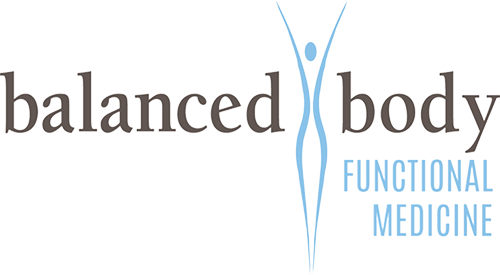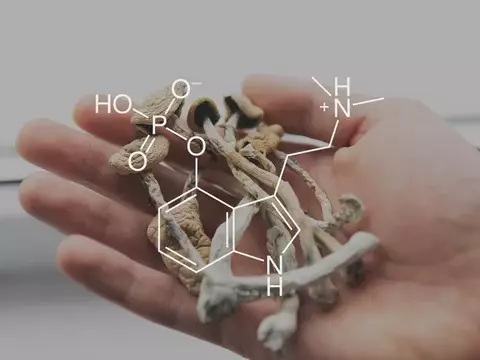In the grand tapestry of human biology, there exists a hidden marvel that often escapes our notice—a complex network of microscopic capillaries that weave through our bodies like delicate threads, supplying the life-giving essentials of oxygen and nutrients to every single cell. This intricate microvascular system is a masterpiece of design, a symphony of interconnections that sustains our vitality. Yet, like any intricate mechanism, it is susceptible to wear and tear, setting the stage for a silent crisis that can reverberate through our health.
Imagine a bustling metropolis, where the main arteries represent the highways and boulevards, and the capillaries, the narrow alleyways that wind through neighborhoods. These minuscule passages are the lifelines, the final leg of a remarkable journey that oxygen and nutrients embark on, starting from the moment we take our first breath. With unparalleled precision, the microvascular system choreographs the distribution of these essential elements, ensuring that each cell receives its share to power the myriad of functions that keep us alive.
The vast majority of our vessels are in the form of these tiny capillaries. Inside vessels is a lining called the endothelium. From the endothelial lining grows the endocalyx – tiny hair-like projections that go into the vessel and do several things:
-
- Holds in fluids
- Prevent cholesterol and WBCs from sticking to the sides of the vessel walls
- The hair like projections wave along the RBCs; as they move faster it stimulates the production of Nitric Oxide (NO) which causes blood vessels to become larger
- House multiple anti-oxidant molecules which prevent free radical damage
However, this delicate system can be disrupted. As the years go by, a multitude of factors conspire to fray the intricate fabric of these capillaries. Aging, poor diet (sugar), lack of exercise, smoking, toxin exposure, genetics, inflammation, and stress can all contribute to the breakdown of these vital pathways. The consequence is akin to a city with crumbling roads—resources struggle to reach their intended destinations, and communities (read: cells) suffer the consequences.
One of the most concerning aspects of microvascular breakdown is its subtlety. Unlike a sudden heart attack that demands immediate attention, the deterioration of capillaries often goes unnoticed until more severe repercussions arise. Cells deprived of their regular nutrient and oxygen supplies begin to falter, leading to a domino effect across tissues and organs. Gradually, symptoms may emerge, ranging from fatigue and cognitive decline to impaired wound healing and compromised organ function. The intricate interplay of our body’s systems begins to unravel, echoing the breakdown within.

Some of the early warning signs of microvascular breakdown may include:
-
- cold hands and feet
- leg cramps
- skin problems
- hair thinning
- fatigue
- lack of focus (brain fog)
- type 2 diabetes
- memory loss
- visual problems
- hearing loss
- severe PMS
- erectile dysfunction
- high blood pressure
- neuropathy
- slow wound healing
Medical science is racing to unveil the mysteries of this silent crisis. Advances in imaging technologies like Glycocheck are allowing researchers to peer into the intricate network with unprecedented clarity, revealing the telltale signs of damage. These insights are invaluable in diagnosing microvascular breakdown early, before irreversible damage occurs. Moreover, researchers are investigating a range of interventions to halt or even reverse the process—therapies that could potentially mend the frayed threads and restore the seamless flow of life’s essentials.
How Does Glycocheck work
The Glycocheck measures two things:
- It measures the thickness of the Glycocalyx: how close do the red blood cells get to the vessel wall
- It measures how many of these super tiny vessels, 4, 5, and 6 micron (micron is short for micrometer, one-millionth of a meter) diameter, are present.
It does this by placing a probe under the tongue which takes a video of these tiny vessels. It takes thousands of measurements and calculations which comes up with an overall MicroVascular Health Score (MVSH) that ranges from 0 – 10.
Patients who are morbidly obese have 50% less micro-vessels than normal. Those with DM can have 70 -80% loss of micro-vessels. COVID patients who are in the ICU on ventilators have up to 95% loss of micro-vessel. It is no wonder that patients with prior chronic disease (obesity, DM, CVD, etc) did so poorly when they contracted COVID. They lacked the infrastructure of micro-vasculature to deliver oxygen and nutrients to their tissues and organs – everything was starving and then broke down completely.
“Long haul COVID syndrome” can be attributed to two things:
-
- damage to the mitochondria
- damage to the micro-vasculature
The mitochondria provide energy to the cell in the form of ATP so damaging them causes less energy to be available to cells. Damage to the micro-vasculature causes symptoms of fatigue, shortness of breath, headaches, brain fog, etc. This explains why Hyperbaric Oxygen Therapy (HBOT) has been shown to be so effective in these patients. HBOT super-saturates all the tissues with oxygen – essentially giving the cells the oxygen that could not reach them because the capillaries have been damaged and no longer working.
Another example of damaged micro-vasculature is “angina” or “cardiac syndrome X”. Chest pains that can not be explained by a blocked artery in the heart. Over 8 million people in the US seek help in the emergency room for chest pain. They are given a full work up including labs, ECG, and sometimes even the “gold standard” of a cardiac catheterization. Of these patients only 15 – 25% have actual myocardial infarction – blockage of one of the cardiac vessels. Loss of a large percentage of micro-vasculature explains why someone would have pain in their chest, due to lack of oxygen & nutrients, yet still have open and fully functional large vessels.
Prevention remains the cornerstone of tackling this hidden crisis. Lifestyle changes, including a heart-healthy diet, regular exercise, and avoidance of smoking, can go a long way in preserving the integrity of our microvascular system. There is also a natural supplement called Endocalyx Pro that can help to regrow the endocalyx lining. Studies have shown that when taken consistently over 3-4 months one will have an improved Micro-Vascular Health Score (MVHS) on the Glycocheck.
Awareness, too, plays a pivotal role. By shining a spotlight on this often-overlooked aspect of health, we empower ourselves to take proactive steps and ensure the continued vibrancy of our intricate inner network.
Have a question?Schedule a Glycocheck consultation with Dr. Julia Ward now
Fill the form below and a member of our team will reach out to you. Alternatively, during our working hours, click the number below to talk to us now.

